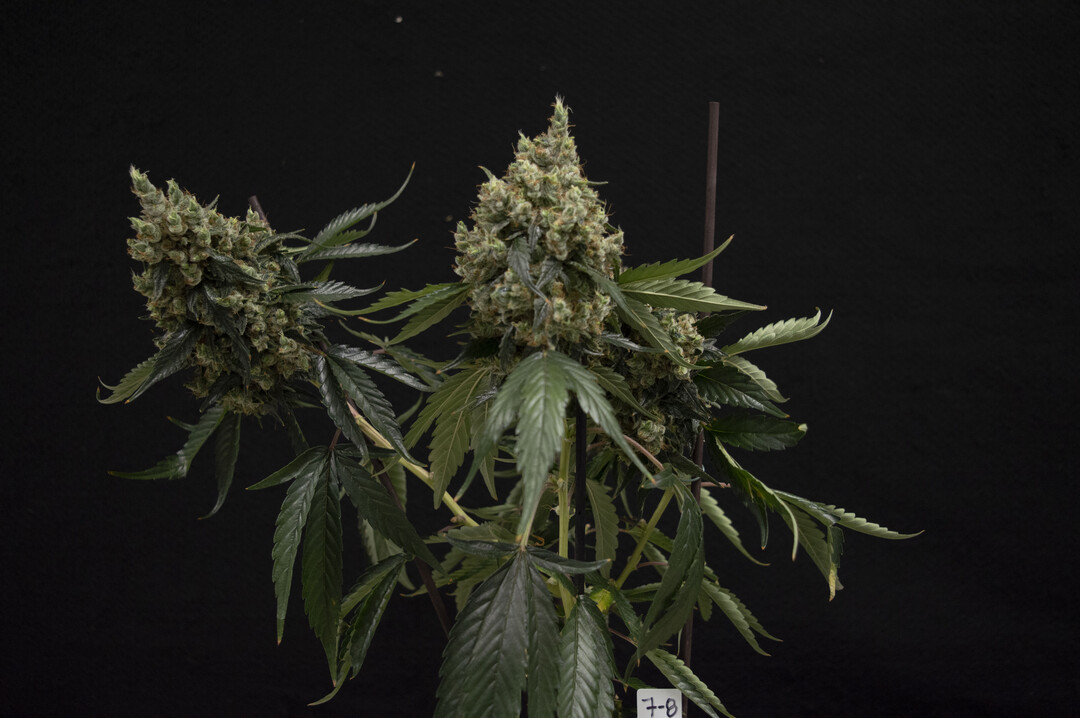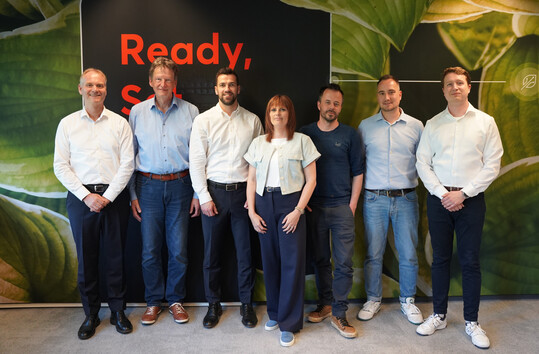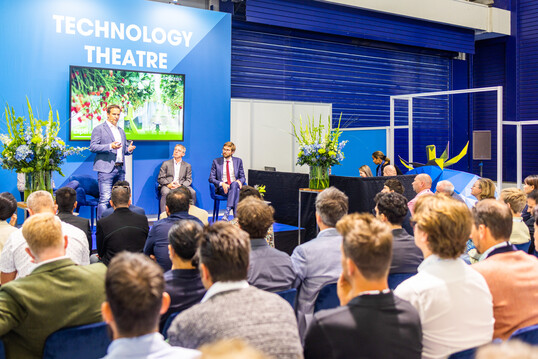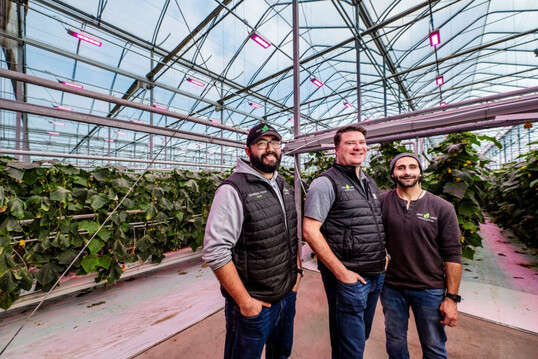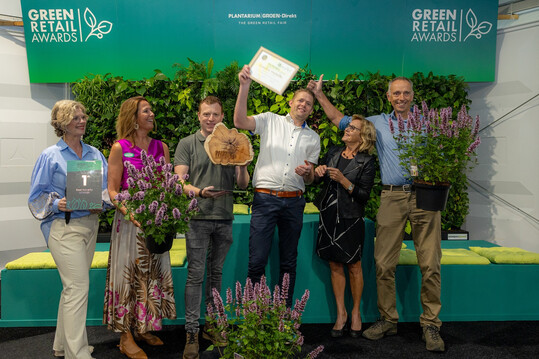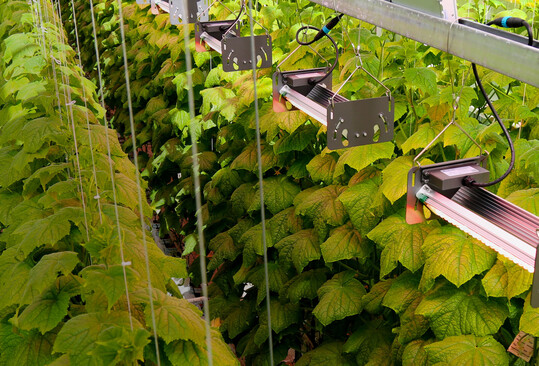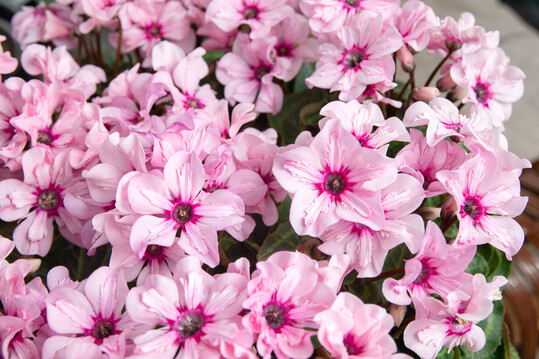Research shows that temporarily extending daylength significantly increases yield in cannabis cultivation
Eindhoven, the Netherlands – Signify (Euronext: LIGHT), the world leader in lighting, and Wageningen University & Research (WUR) have created a light recipe which extends the flowering phase of medicinal cannabis, leading to higher yields. By upping the photoperiod – that is, the length of daylight – from 12 to a maximum of 18 hours per day, the yield can increase by up to 20%. Timing is crucial in this: it must be a pre-harvest treatment, and the right moment differs per cultivar.
Dr. Céline Nicole, senior plant specialist at Signify, says: “We have developed and patented a ground-breaking light recipe with which we can safely extend the daylength without interrupting the flowering phase. To successfully achieve this, the right moment and length of time in which to raise the light sum is very important.” Applying light for a longer period of time and generating higher yields means that growers can improve their return on investment on their LEDs.
- Published on
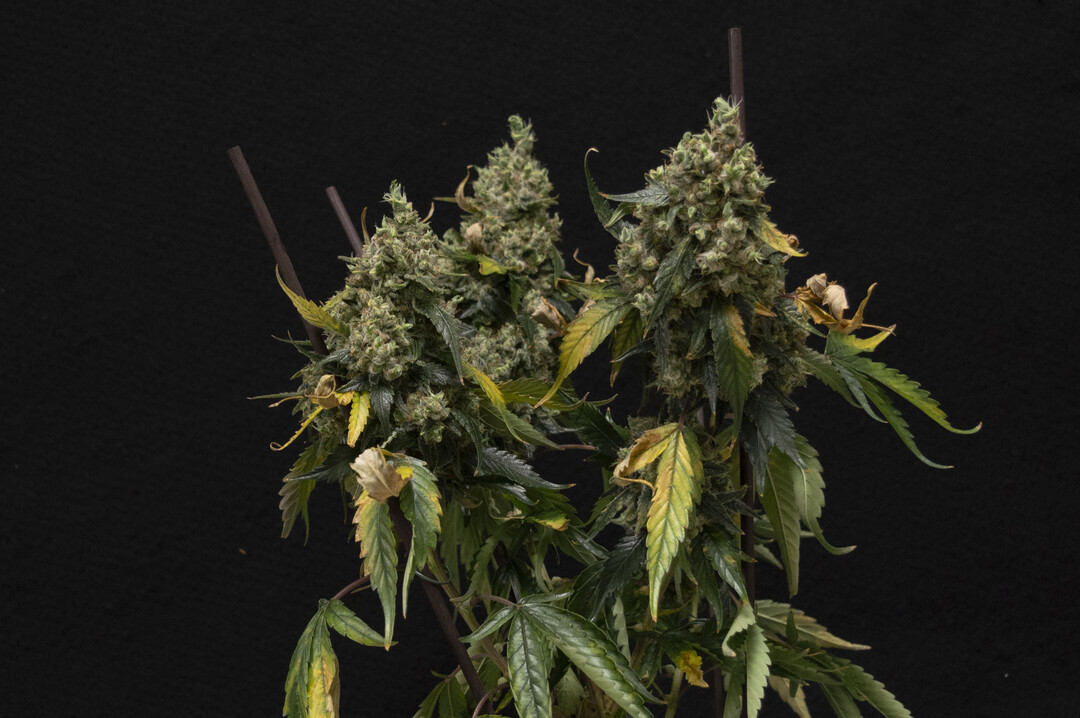
Multiannual research by Signify and WUR
These new insights result from many years of joint research between WUR and Signify, conducted at WUR’s research facilities. This included experiments with different variations in light intensity, length and spectrum. The research targets specific challenges in the cultivation of medicinal cannabis, such as the management of the flowering phase, the uniformity of the crop and the homogeneity of the cannabinoids.Professor Leo Marcelis, research leader and supervisor of PhD student Wannida Sae-Tang, says: “It is fascinating to see how the cannabis plant responds to the different aspects of light i.e., daylength, intensity, daily light integral, spectrum, direction and how it interacts with other growth conditions. Growers will see tangible benefits from them.” Nicole adds: “Our lighting strategy of increasing the photoperiod from 12h to 18h with an installation delivering 1000 µmol/m2/s, in practice would make the crop experience a light sum equivalent to a lighting installation of 1500 µmol/m2/s. And therefore, the grower would be saving a lot on lighting fixtures as well”.



